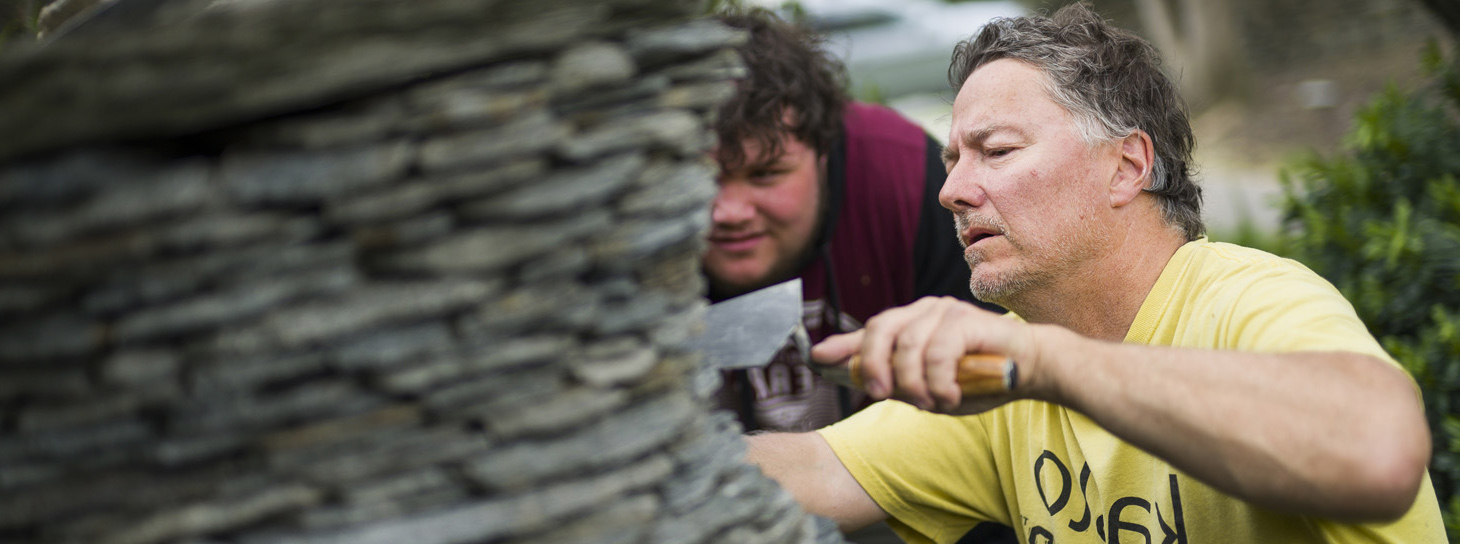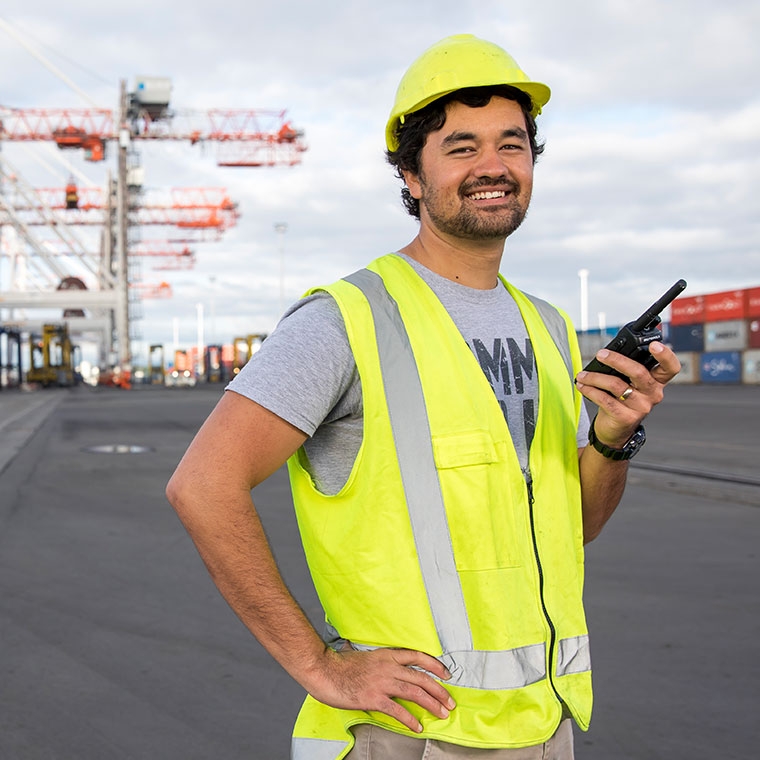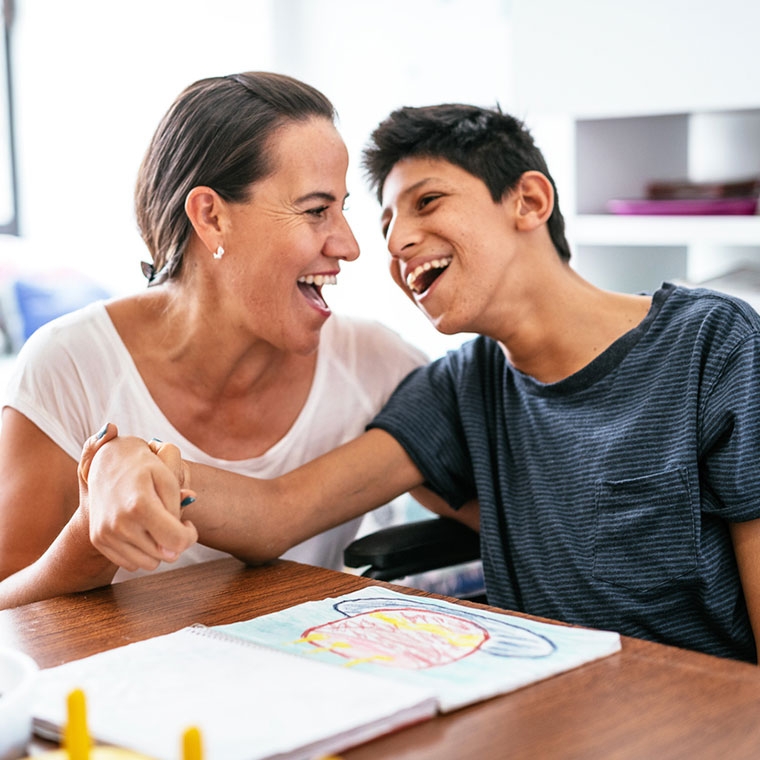Tā mātou huarahi
Our pathway

Our Work
Following the Government’s announcement in December 2023 of its intention to disestablish Te Pūkenga | New Zealand Institute of Skills and Technology, please be assured that your programme of study or training will continue as planned while we work through the details of how this change will be implemented.
We are committed to ensuring that organisational changes that need to be made to meet the Government’s expectations do not impact the delivery of programmes and training for our learners and employers.
If you need access to learner support services, or have any concerns, please contact your current learning provider.
Maintaining business as usual
As we build our new organisational structure, we will continue to maintain our range of high-quality and valued foundation, vocational, professional and applied programmes across the country.




